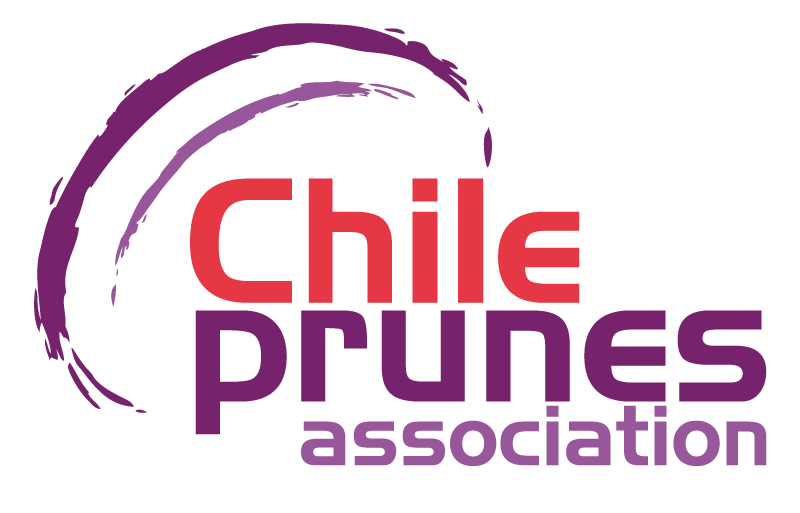Pablo Campino, member of the Technical Committee of Chileprunes and executive of Pacific Nut comments on what has been the period prior to the flowering of the D’Agen plum tree and what is coming in spring.
Last year, around the same time, Pablo Campino, a member of the Chileprunes Technical Committee and Pacific Nut executive, referred to an auspicious start to the season, thanks to the positive rainfall and adequate cold hours, among other reasons.
This 2023, things will be different -he points out- and, for this, the prunes industry is already beginning to prepare, mainly the producers. Although the season has been clearly positive in terms of rainfall, on the contrary, it has been one of the lowest in terms of accumulation of cold hours.
A stone like the D’Agen plum requires over 500 cold hours (below 7°C) and ideally more than 600 to produce better, even, homogeneous flowering. “In the 2023 season, in most areas, it barely reached 460 to 550 cold hours, clearly insufficient, which will probably lead to early flowering, between 7 to 10 days.
“The advance is a reality. Flower buds are already beginning to be seen in the orchards, showing that it is coming early,” he says, adding that early flowering is not bad in itself, but the fact that it is a longer, uneven flowering, with a tree out of balance with the fruit in different stages of development, often failing to set.
However, the prunes industry, or a large part of it, has professional equipment, knowledge and technologies that can help mitigate these effects, adds Pablo Campino. For example, there is already enough experience in the use of hydrogen cyanamide or dormancy breakers to obtain a correct homogenization of the phenological states.
What comes in spring
Another negative effect for the sector could be the frosts in September, although it is likely that these will not occur: just as the El Niño Current caused an increase in average temperatures during winter, it will also do so in spring.
Rather, rains are expected in September and an unwanted effect, which cannot be ruled out, would be an excess of heat that dehydrates the pollen tubes of the flower, preventing the fruit from appearing.
As for the rains in September and October, which could cause phytosanitary problems, with pathogenic fungi on the stone, such as Botrytis cinerea and Monilinia, it is important to move ahead and use fungicides to stop them.
Chile is ahead of this type of adverse conditions, counting on the technology, experience and sustainable tools to combat possible stress due to temperatures, and it does so in fruit development, as well as products based on algae and amino acids that are increasingly validated.
In the case of fungal and/or wood diseases, there are good experiences with biological products that allow taking care of the phytosanity of the fruit, ensuring plums free of residues. This allows us to meet the quality standards of our increasingly demanding customers.
“Without a doubt, this will be a season of much learning and without many precedents, which will tell us how to act in the future in the face of the increase in global temperatures,” he says.
The important thing, he adds, is to do the job well, which implies complying with a program, keeping the orchard well watered and protected from fluctuations in temperature, especially high ones, with good soil and fertilization management, as well as the use of vegetable covers.



